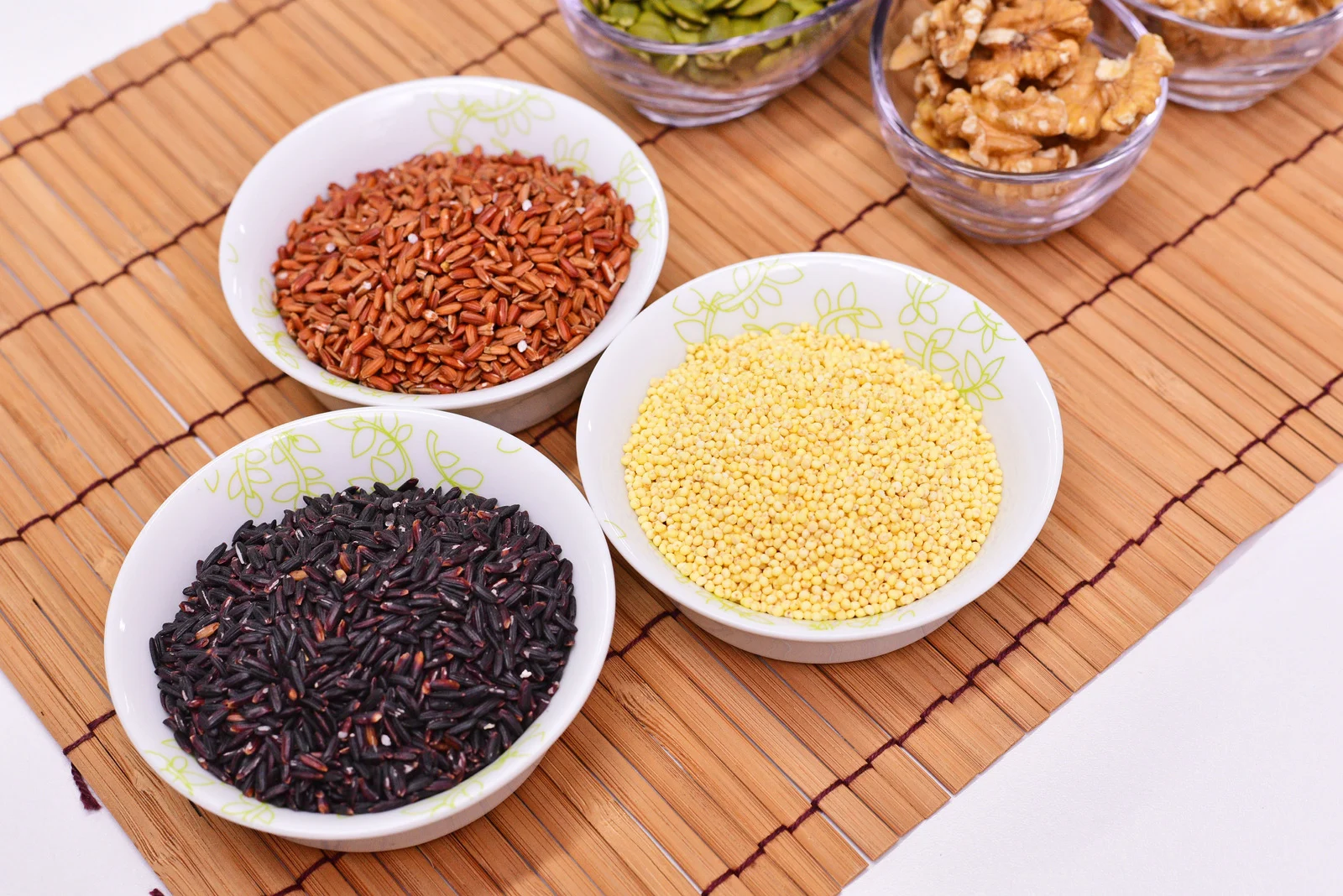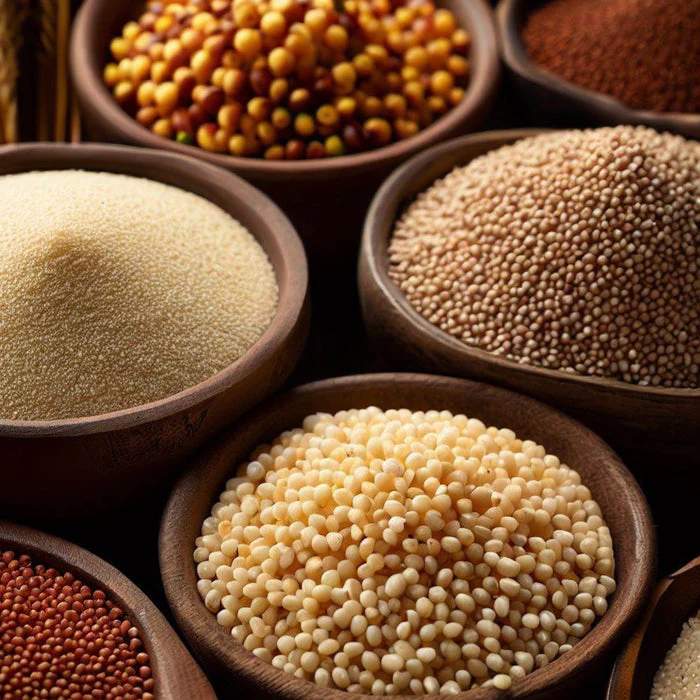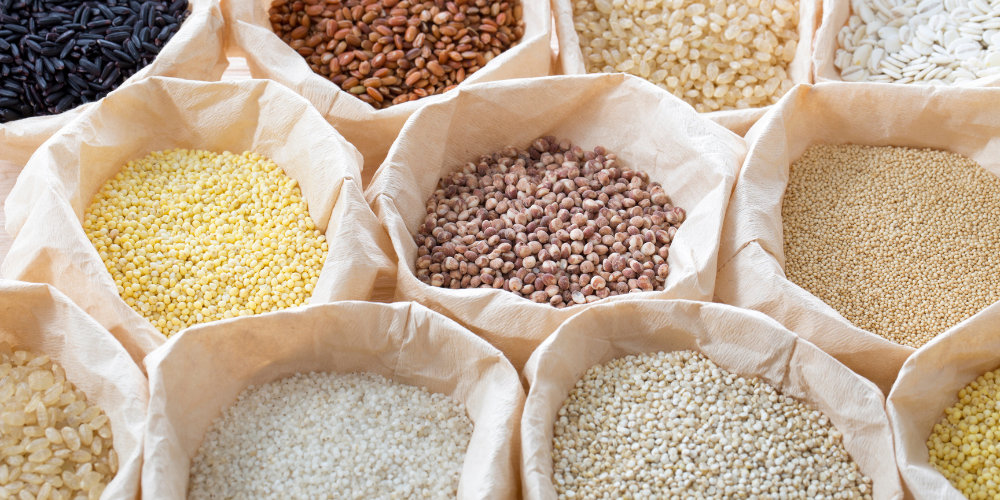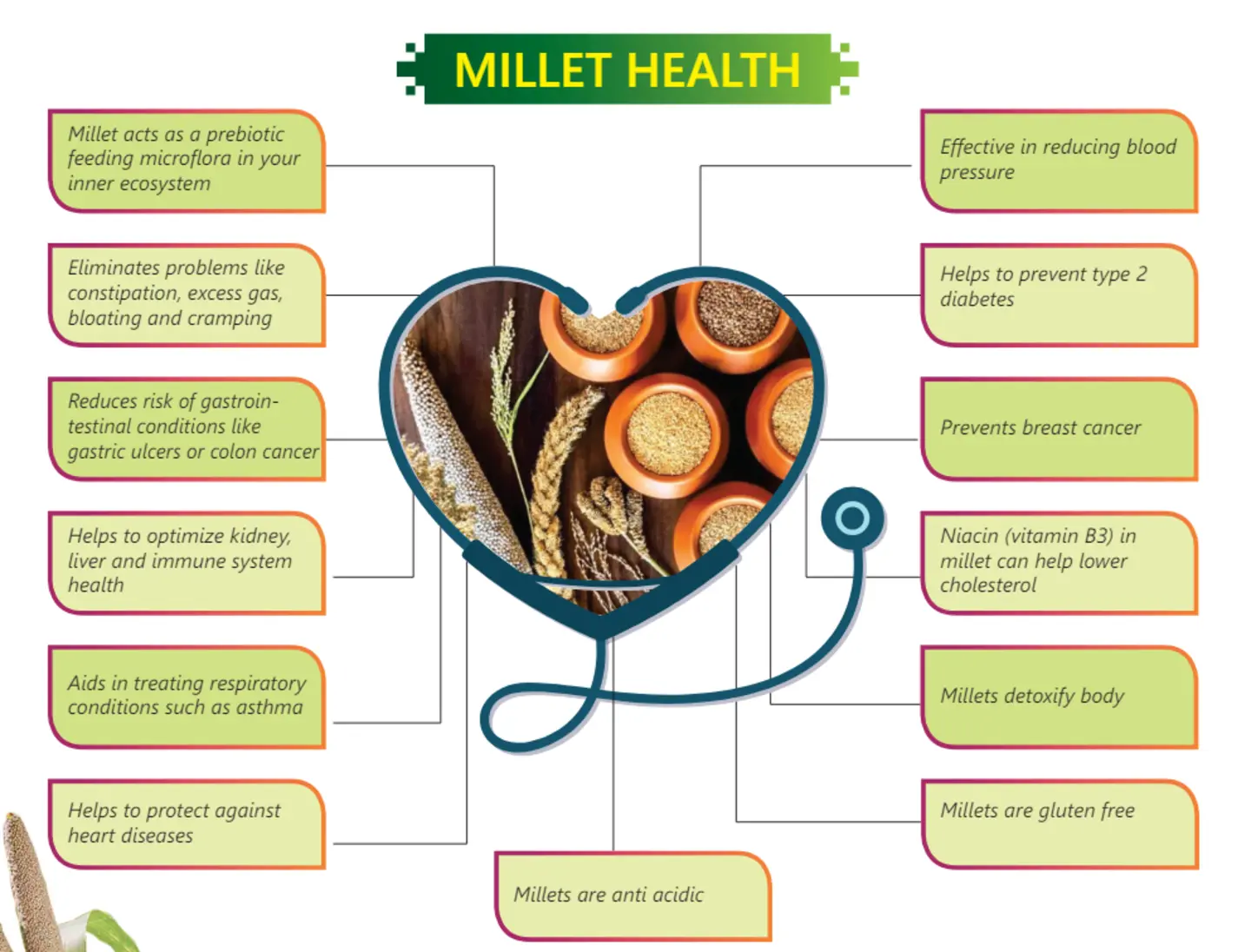5 Reasons Why Millets Are Better Than Wheat Flour
In recent years, health-conscious consumers have been shifting their focus from traditional wheat flour to nutrient-rich alternatives like millets. These ancient grains are packed with essential nutrients, making them a superior choice for overall well-being. If you’re considering making a switch, here are five compelling reasons why millets are better than wheat flour.
Millets have been a staple in many cultures for centuries and are now gaining global recognition for their numerous health benefits. They are gluten-free, rich in fiber, packed with essential nutrients, and environmentally sustainable. But how do they compare to wheat flour, which has been a primary food source for millions worldwide? This comprehensive guide explores why millets should be your preferred choice and provides insights into their nutritional, health, and environmental benefits.
Why Millets Are Better Than Wheat Flour?

1. Higher Nutritional Value

Millets are loaded with essential vitamins and minerals, including iron, calcium, magnesium, phosphorus, and B vitamins. Unlike wheat, which primarily offers carbohydrates and some fiber, millets provide a more balanced nutrient profile. They are also a great source of antioxidants, which help fight free radicals and support overall health.
Key Nutrients in Millets:
- Iron: Essential for oxygen transport in the blood and preventing anemia.
- Calcium: Supports bone health and prevents osteoporosis.
- Magnesium: Aids in muscle and nerve function, as well as heart health.
- Phosphorus: Vital for energy production and bone strength.
- B Vitamins: Improve metabolism and cognitive function.
Why This Matters:
Unlike wheat flour, which is often stripped of nutrients during processing, millet flour retains its essential minerals and vitamins, providing a much-needed health boost.
Nutritional benefits of millets, millet vs wheat, healthy alternatives to wheat flour
2. Gluten-Free and Gut-Friendly

One of the biggest advantages of millets is that they are naturally gluten-free, making them an excellent choice for individuals with gluten sensitivity, celiac disease, or irritable bowel syndrome (IBS). Wheat flour, on the other hand, contains gluten, which can cause digestive discomfort, bloating, and inflammation in some individuals.
Benefits of Gluten-Free Diet:
- Reduces inflammation in the gut
- Helps with digestive disorders
- Prevents bloating and gas
- Ideal for people with autoimmune diseases
Wheat Flour and Gluten Sensitivity:
Wheat contains a protein called gluten, which can trigger autoimmune responses in people with celiac disease and cause discomfort in those with non-celiac gluten sensitivity. The gluten proteins in wheat can lead to intestinal damage and nutrient malabsorption over time.
Gluten-free flour, gut health, wheat allergy alternatives, best grains for digestion
3. Lower Glycemic Index for Better Blood Sugar Control
Millets have a lower glycemic index (GI) compared to wheat flour, which means they cause a slower and steadier rise in blood sugar levels. This makes millets a healthier choice for diabetics and those looking to manage their blood sugar levels effectively.

How Glycemic Index Affects Your Health:
- Low GI foods help prevent sugar spikes and crashes.
- High GI foods can lead to insulin resistance and weight gain.
- Millets stabilize energy levels throughout the day.
Why Diabetics Should Choose Millets:
Wheat flour, especially refined varieties, can cause rapid blood sugar spikes due to its high carbohydrate content. Millets, on the other hand, digest slowly, preventing sudden insulin surges and promoting long-term health.
Low glycemic index grains, millets for diabetes, blood sugar control diet, best grains for diabetics
4. Rich in Dietary Fiber for Better Digestion
Compared to wheat, millets contain a higher amount of dietary fiber, which aids digestion, prevents constipation, and promotes a healthy gut microbiome. The fiber content in millets helps in maintaining bowel regularity and reducing the risk of digestive disorders.
Benefits of High Fiber in Millets:
- Promotes healthy digestion by preventing constipation.
- Reduces cholesterol levels and supports heart health.
- Enhances weight management by promoting satiety.
- Supports gut microbiota, improving overall immunity.
Wheat Flour vs. Millet Flour in Fiber Content:
While whole wheat flour contains some fiber, refined wheat flour (maida) has almost none. Millets, however, remain intact and provide a rich source of insoluble and soluble fiber that aids in digestion.
High fiber foods, digestion-friendly grains, fiber-rich diet, best foods for gut health
5. Supports Sustainable and Climate-Resilient Agriculture

Millets are hardy crops that require less water, pesticides, and fertilizers compared to wheat. They can grow in arid and semi-arid regions, making them an environmentally sustainable choice. By choosing millets over wheat flour, you are contributing to sustainable agriculture and reducing your carbon footprint.
Environmental Benefits of Growing Millets:
- Requires less water compared to wheat, reducing water consumption.
- Grows in diverse climates, even in drought-prone areas.
- Less dependency on chemical fertilizers promotes soil health.
- Lower carbon footprint, reducing global emissions.
The Sustainability Issue with Wheat:
Wheat farming is resource-intensive, requiring significant amounts of water and fertilizers. The monoculture nature of wheat production also depletes soil nutrients, making it less sustainable in the long run. On the other hand, millets can thrive in harsh conditions with minimal inputs.
Sustainable farming, eco-friendly grains, climate-resilient crops, best grains for the environment
How to Incorporate Millets into Your Diet
Switching from wheat flour to millet flour can be easy and delicious. Here are some simple ways to incorporate millets into your meals:
- Millet Flour Rotis: Substitute wheat flour with bajra or jowar flour to make nutritious rotis.
- Millet Porridge: Use foxtail or pearl millet to prepare a wholesome breakfast porridge.
- Millet Dosa or Pancakes: Blend millets into your dosa or pancake batter for added health benefits.
- Millet-Based Snacks: Prepare healthy snacks like millet crackers or energy bars.
- Baking with Millet Flour: Use millet flour for baking bread, muffins, and cookies.
Switching to millet-based flour can have numerous health benefits, from improved digestion and better blood sugar control to enhanced nutrient intake. Additionally, millets support sustainable farming, making them a smart choice for both personal health and the environment. If you’re looking to make a healthier switch, consider incorporating millets into your daily diet today!
Are you ready to experience the health benefits of millets? Explore our range of millet-based products at Sanjeevani Millets and make the switch today!



